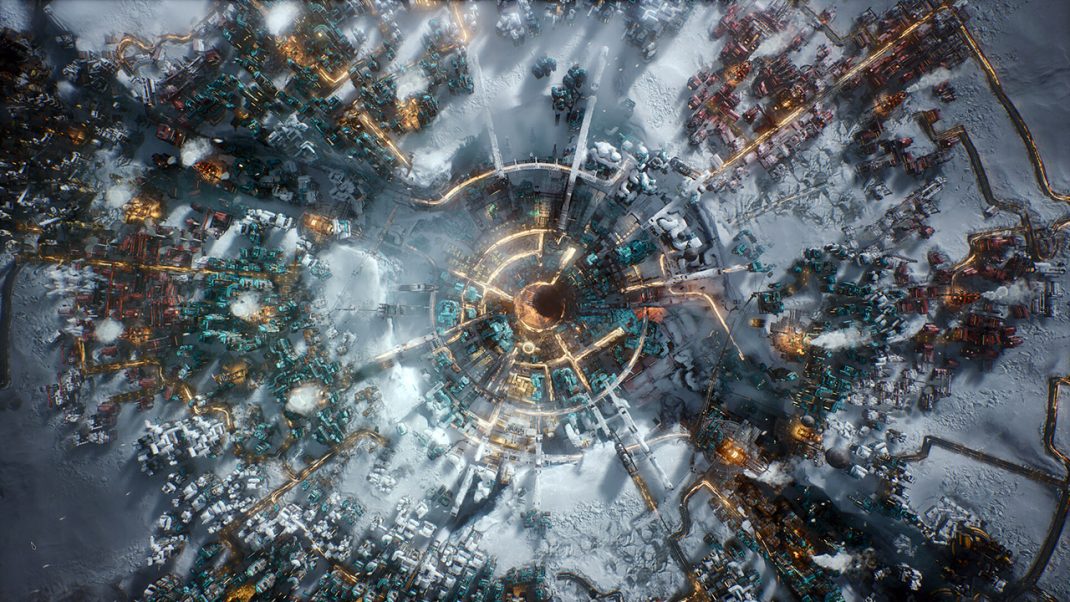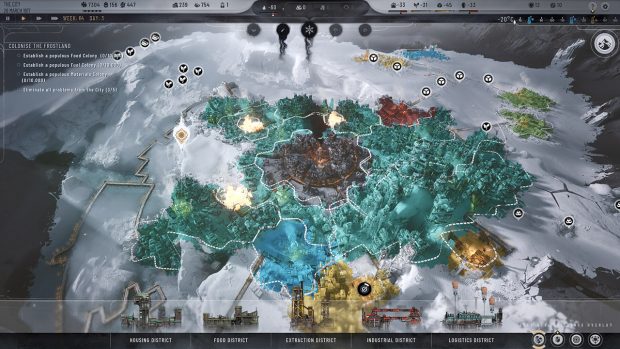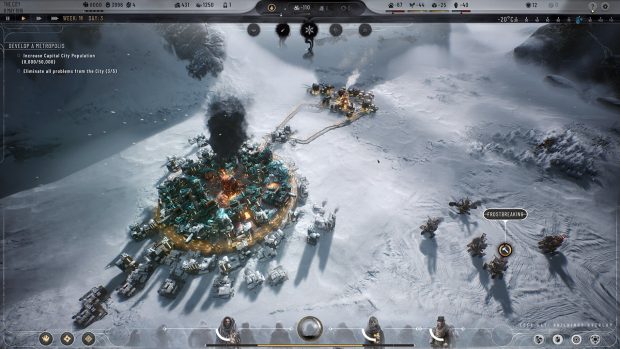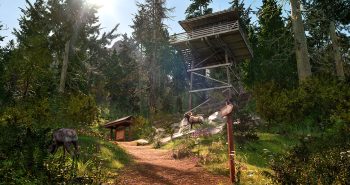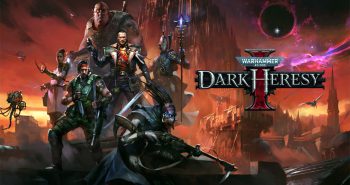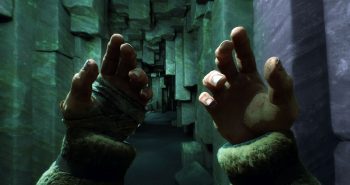Thirty years after the storm, the city of New London stands as a testament to humanity’s resilience. But the ice hasn’t thawed, and the struggle for survival has only intensified. In 11 Bit Studios’ “Frostpunk 2,” players once again take on the mantle of leadership, facing the impossible task of guiding their people through a perpetual winter.
The sequel expands upon the foundation laid by its predecessor, offering a larger, more intricate world to manage. The city-building mechanics are deeper, with the introduction of districts and a more nuanced approach to resource management. The political landscape is rife with tension, as various factions vie for control, forcing players to navigate a web of alliances and betrayals. The narrative is rich with moral dilemmas, challenging players to weigh the needs of the many against the sacrifices of the few.
In comparison to the original “Frostpunk,” the sequel feels more ambitious in scope. The world is more expansive, the systems are more complex, and the narrative is more nuanced. The addition of districts adds a layer of strategic depth to the city-building, while the political intrigue creates a sense of tension and uncertainty. The moral choices are more impactful, forcing players to confront the consequences of their decisions in a more visceral way.
However, while “Frostpunk 2” excels in many areas, it also suffers from a sense of familiarity. The core gameplay loop remains largely unchanged, with players still tasked with balancing resource production, heat management, and societal needs. The moral choices, while impactful, often feel like variations on themes explored in the first game. The sense of dread and desperation is palpable, but it’s a feeling that players of the original will already be intimately familiar with.
When compared to other city-building survival games like “Surviving Mars” or “Banished,” “Frostpunk 2” stands out for its bleak atmosphere and morally challenging scenarios. The focus on human drama and the constant struggle against the elements create a unique sense of tension and urgency. The game forces players to make difficult choices that have a tangible impact on the lives of their citizens, creating a sense of emotional investment that few other games in the genre can match.
In conclusion, “Frostpunk 2” is a worthy successor to the original, offering a deeper, more complex experience. It expands upon the strengths of its predecessor while introducing new mechanics and narrative elements. However, it also suffers from a sense of familiarity, with the core gameplay loop and moral dilemmas feeling somewhat repetitive. It’s a bleak, beautiful, and brutally challenging game that will push players to their limits.
Overall Score: 4 out of 5
Pros:
- Deeper city-building mechanics with the addition of districts
- More complex political landscape with various factions
- Rich narrative filled with impactful moral choices
- Bleak atmosphere and sense of urgency create a unique experience
Cons:
- Core gameplay loop remains largely unchanged from the original
- Moral dilemmas can feel repetitive
- Sense of familiarity can dampen the impact for returning players

